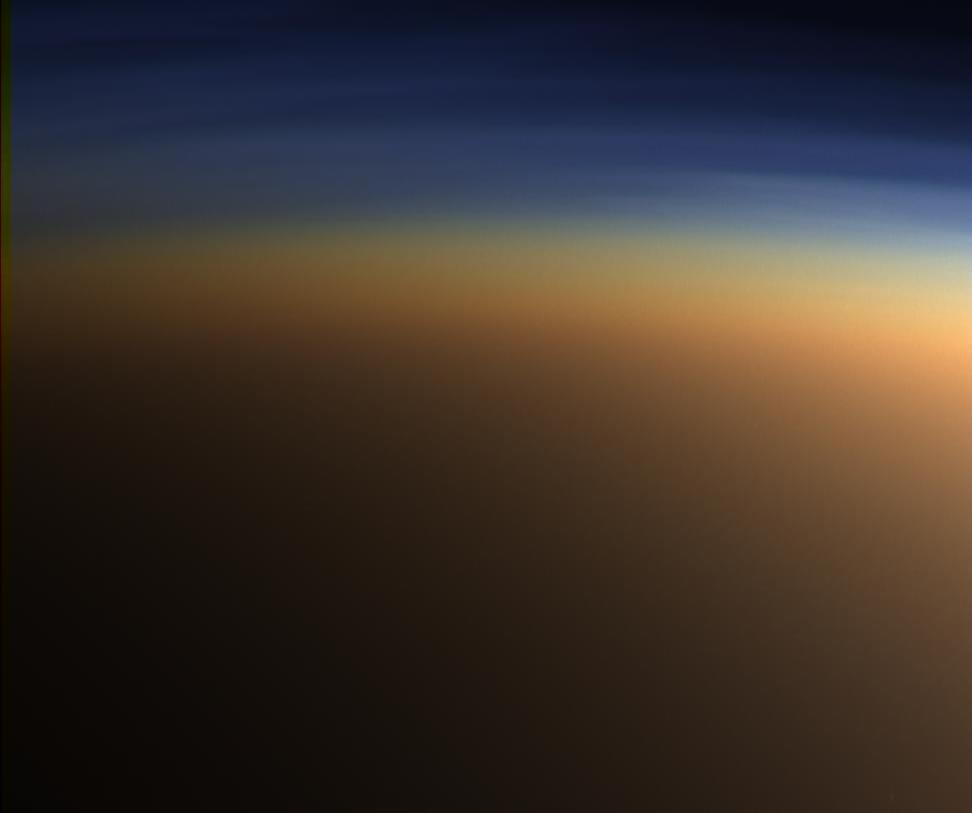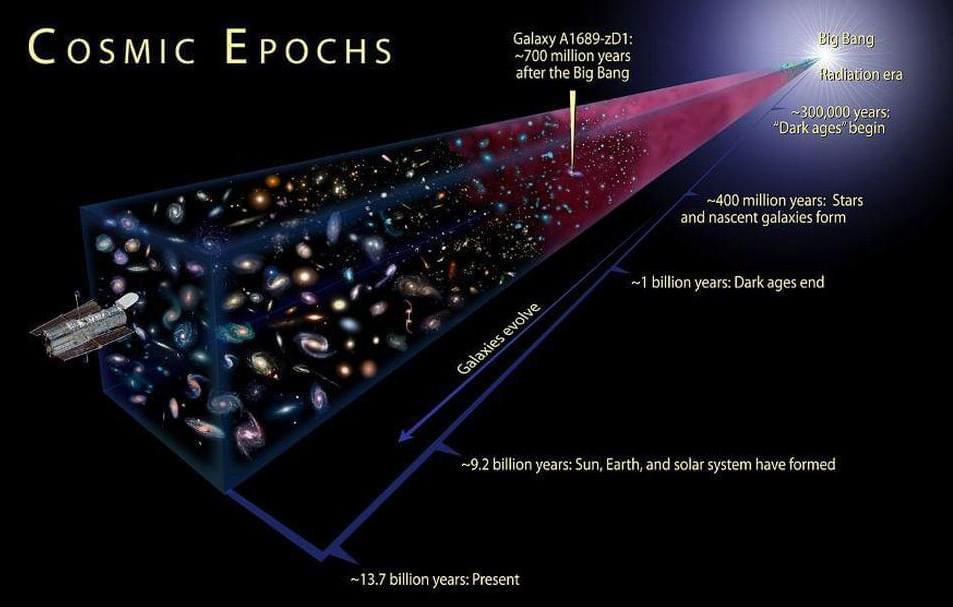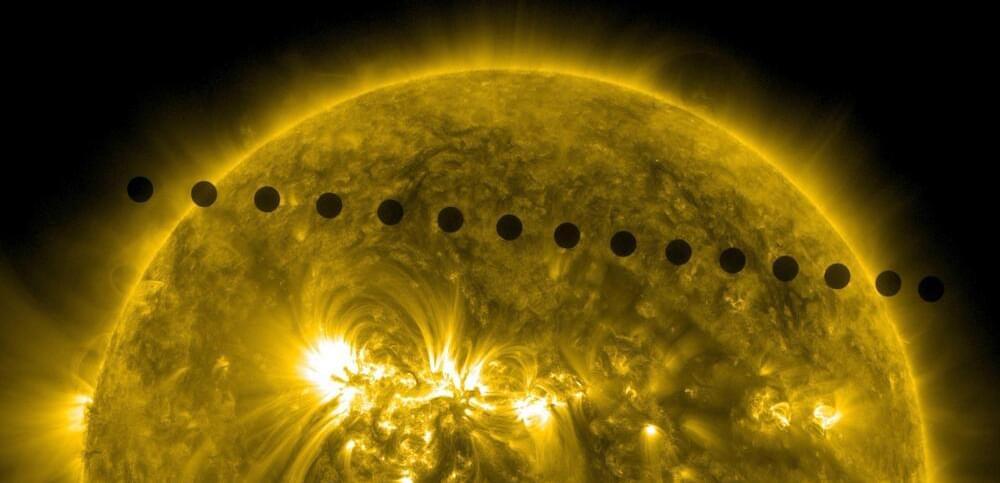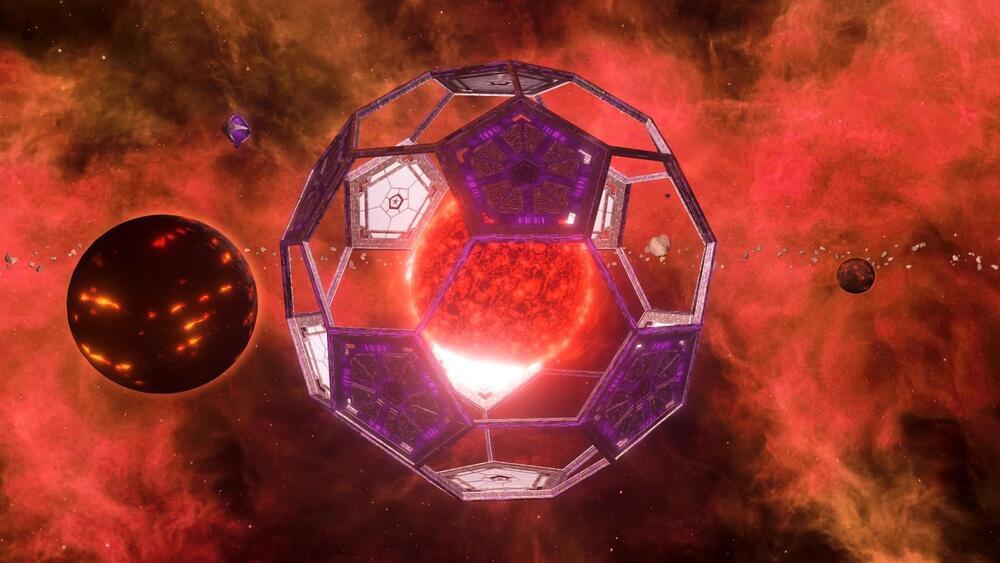Rover landing gear! During the #MarsHelicopter’s 26th flight, it took photos of the entry, descent, & landing gear @NASAPersevere needed to safely land on Mars. You can see the protective backshell & massive dusty parachute. https://go.nasa.gov/3vkglFM
Archive for the ‘space’ category: Page 402
Apr 27, 2022
Scientists say solar energy tops nuclear for powering crewed missions to Mars
Posted by Gemechu Taye in categories: nuclear energy, solar power, space, sustainability
Apr 26, 2022
Inflatable Venus drone, Mars spacesuits and more: NASA picks far-out tech concepts for future study
Posted by Genevieve Klien in categories: drones, space
Some of these ideas seem like science fiction, but they could one day assist space missions.
Apr 26, 2022
Israeli astronaut Stibbe returns safely to Earth after mission to space station
Posted by Genevieve Klien in category: space

https://youtube.com/watch?v=jKdlDGlXOH4
Members of first all-private mission to ISS splashdown off the Florida coast; Israeli president congratulates Eytan Stibbe on his journey.
Apr 26, 2022
Scientists model landscape formation on Titan, revealing an Earth-like alien world
Posted by Genevieve Klien in categories: materials, space
Saturn’s moon Titan looks very much like Earth from space, with rivers, lakes, and seas filled by rain tumbling through a thick atmosphere. While these landscapes may look familiar, they are composed of materials that are undoubtedly different—liquid methane streams streak Titan’s icy surface and nitrogen winds build hydrocarbon sand dunes.
The presence of these materials—whose mechanical properties are vastly different from those of silicate-based substances that make up other known sedimentary bodies in our solar system—makes Titan’s landscape formation enigmatic. By identifying a process that would allow for hydrocarbon-based substances to form sand grains or bedrock depending on how often winds blow and streams flow, Stanford University geologist Mathieu Lapôtre and his colleagues have shown how Titan’s distinct dunes, plains, and labyrinth terrains could be formed.
Titan, which is a target for space exploration because of its potential habitability, is the only other body in our solar system known to have an Earth-like, seasonal liquid transport cycle today. The new model, published in Geophysical Research Letters April 25, shows how that seasonal cycle drives the movement of grains over the moon’s surface.
Apr 26, 2022
NBBJ designs net-zero school for neurodiverse children in California
Posted by Shubham Ghosh Roy in categories: education, space
US-based architecture studio NBBJ has released designs for a net-zero school in Encino, California, that will cater to neurodiverse students.
The design of the Lower School campus of Westmark School uses acoustic technologies, as well as the integration of flora and natural materials, to create a comfortable environment for students with special needs.
“Designers selected a variety of sound-absorbing materials for different spaces, developed reading nooks and other niches for creative learning both inside and outside the classroom, and oriented views to green space to enhance different educational modes,” said NBBJ.
Apr 25, 2022
What we’ve learned after 32 years of NASA’s Hubble
Posted by Genevieve Klien in category: space
When the Hubble Space Telescope first launched in 1990, there was so much we didn’t know. Here’s how far we’ve come.
Apr 25, 2022
Why Venus Rotates, Slowly, Despite Sun’s Powerful Gravitational Pull
Posted by Genevieve Klien in categories: climatology, space
Gaining clarity about the factors that contributed to a runaway greenhouse state on Venus, Earth’s closest planetary neighbor, can also help improve models of what could one day happen to Earth’s climate.
“Ultimately, my motivation in studying Venus is to better understand the Earth,” Kane said.
Reference: “Atmospheric dynamics of a near tidally locked Earth-sized planet” by Stephen R. Kane, 22 April 2022, Nature Astronomy.
Apr 25, 2022
When Will Humanity Become a Type I Civilization?
Posted by Jose Ruben Rodriguez Fuentes in categories: solar power, space, sustainability
Can humanity become a Type I civilization without causing our own Great Filter?
There are several ways we can measure the progress of human civilization. Population growth, the rise and fall of empires, our technological ability to reach for the stars. But one simple measure is to calculate the amount of energy humans use at any given time. As humanity has spread and advanced, our ability to harness energy is one of our most useful skills. If one assumes civilizations on other planets might possess similar skills, the energy consumption of a species is a good rough measure of its technological prowess. This is the idea behind the Kardashev Scale.
Russian astrophysicist Nikolai Kardashev proposed the scale in 1964. He categorized civilizations into three types: planetary, stellar, and galactic. A Type I species is able to harness energy on a scale equal to the amount stellar energy that reaches its home planet. Type II species can harness energy on the scale of its home star, and Type III can harness the energy of its home galaxy. The idea was further popularized by Carl Sagan, who suggested a continuous scale of measurement rather than simply three types.
Continue reading “When Will Humanity Become a Type I Civilization?” »
















